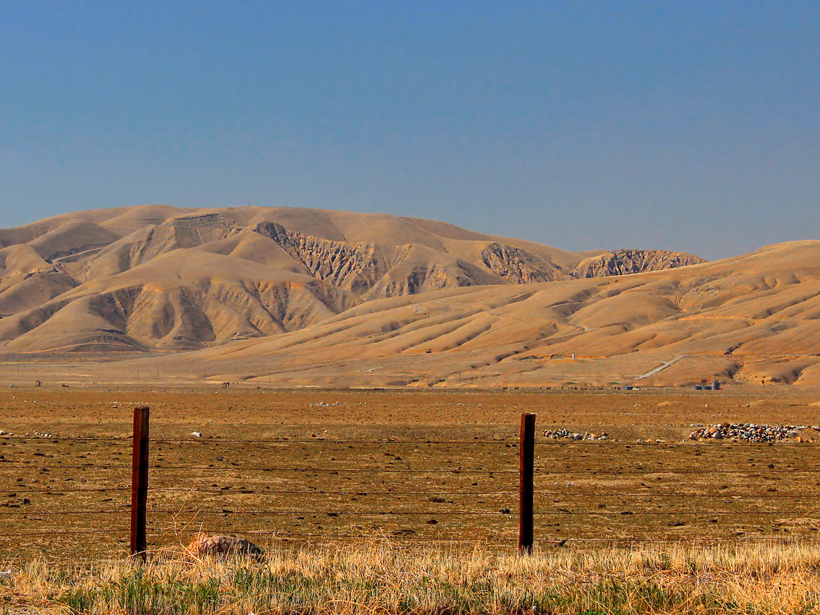Source: Water Resources Research
Blue threads in California’s green agricultural tapestry, the Kings, Kern, Kaweah, and Tule rivers, drain the snows of the southwest Sierra Nevada to supply thirsty fields in the San Joaquin Valley, the most productive agricultural region in the country. Once, these rivers made it all the way to the southern tip of the valley to feed Tulare Lake—now a shallow, marshy basin. Here Adams et al. use records from the North American Drought Atlas to look past the impacts of human activity and analyze historic drought behavior in the region over the last two millennia.
The researchers used stream gauge data and regional moisture-sensitive tree ring records to simulate the annual discharge of the four rivers. The results were combined with the surface area, precipitation, and lake evaporation data to reconstruct lake level changes over the past 2000 years, which the researchers compared to the geologic record.
They found that over the 2000-year study period, California had experienced much longer and more severe droughts than the current event (2012–2015). However, the current drought is the driest 4-year period to date—the combined flow of all four rivers is only 37% of the historic mean.
This kind of integrative modeling is central to a more comprehensive scientific understanding of the Tulare Lake hydrologic system. In a state that supplies the world with $54 billion worth of food every year, understanding this system is critical—California’s drought history will help community leaders and policy makers prepare for a possibly drought-filled future. (Water Resources Research, doi:10.1002/2015WR017850, 2015)
—Lily Strelich, Freelance Writer
Citation: Strelich, L. (2016), California is the driest it’s been in 2000 years, Eos, 97, doi:10.1029/2016EO045347. Published on 10 February 2016.
Text © 2016. The authors. CC BY-NC 3.0
Except where otherwise noted, images are subject to copyright. Any reuse without express permission from the copyright owner is prohibited.

